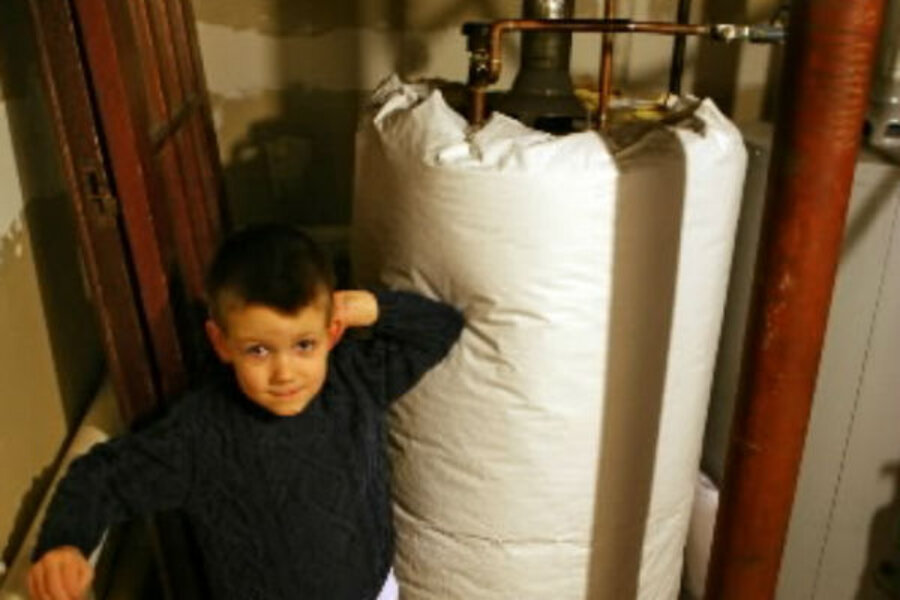Efficient heater insulation puts dollars back in your pocket
Loading...
In most houses, you’ll find a large tank water heater. If you were to open that tank up, you’d find some form of insulation surrounding an inner tank full of quite hot water. The insulation inside the tank is pretty good, but no insulation is perfect.
Try this. Go down to where the hot water tank is located and put your hand near the outside of it. If it’s not overly warm, gently touch the surface of the tank.
Depending on how well it’s insulated, the tank should feel at least a bit warm and, if the insulation is poor, it will feel quite warm to the touch.
The heat that you feel on the tank is simply being lost. The warmer the surface of the tank is, the more heat is being lost and the more energy you have to use to keep the water hot.
During the winter, this loss could be considered an extremely inefficient way to heat your home; at least the heat isn’t working against you. In the summer, though, the heat loss from your tank will actually work slightly against you as it contributes warmth to the air inside your home when you want the air to be cool.
So, what’s the solution? The best long-term solution is to insulate your tank with a water heater blanket and with a piece of insulation on the bottom, as described at energysavers.gov.
The first thing to check is the R-value of your existing tank. Finding this information out can be a bit tricky. Many models have a sticker that tells you the R-value of the tank; if you can’t find one, simply identify the model and use Google. If your tank has an insulation R-value of less than 24, it’s going to be cost-effective to insulate it.
If you decide to insulate, contact your energy company first. Many energy companies will help you with a hot water heater insulation kit, either by giving it away or selling it at a very low price (on the order of $10). Depending on the company, the kit may include a blanket cut to fit your water heater as well as a piece of insulation to place under the heater to reduce downward loss.
If you do have to buy the insulation separately, look at a pre-cut hot water heater blanket at your local hardware store. Get one with a minimum R-value of 8 (and preferably higher). You should be able to find one for $20 or less that will fit your heater. You’ll want to know the dimensions of your heater before you go, so measure the height and circumference.
What can you expect to save from this? Insulating an inefficient hot water heater can cut the cost of running that heater by 5% to 10%. Depending on the model, that can save you anywhere from $5 to $20 per year, which means you’d pay for the blanket in 1 to 4 years and save money thereafter.
This is another one of those subtle “do it once, slowly save money for a long time” tasks that you can do around your home. It doesn’t immediately put cash in your pocket, but it quietly cuts your monthly energy bill by a bit. Think of it as an automatic savings plan.






